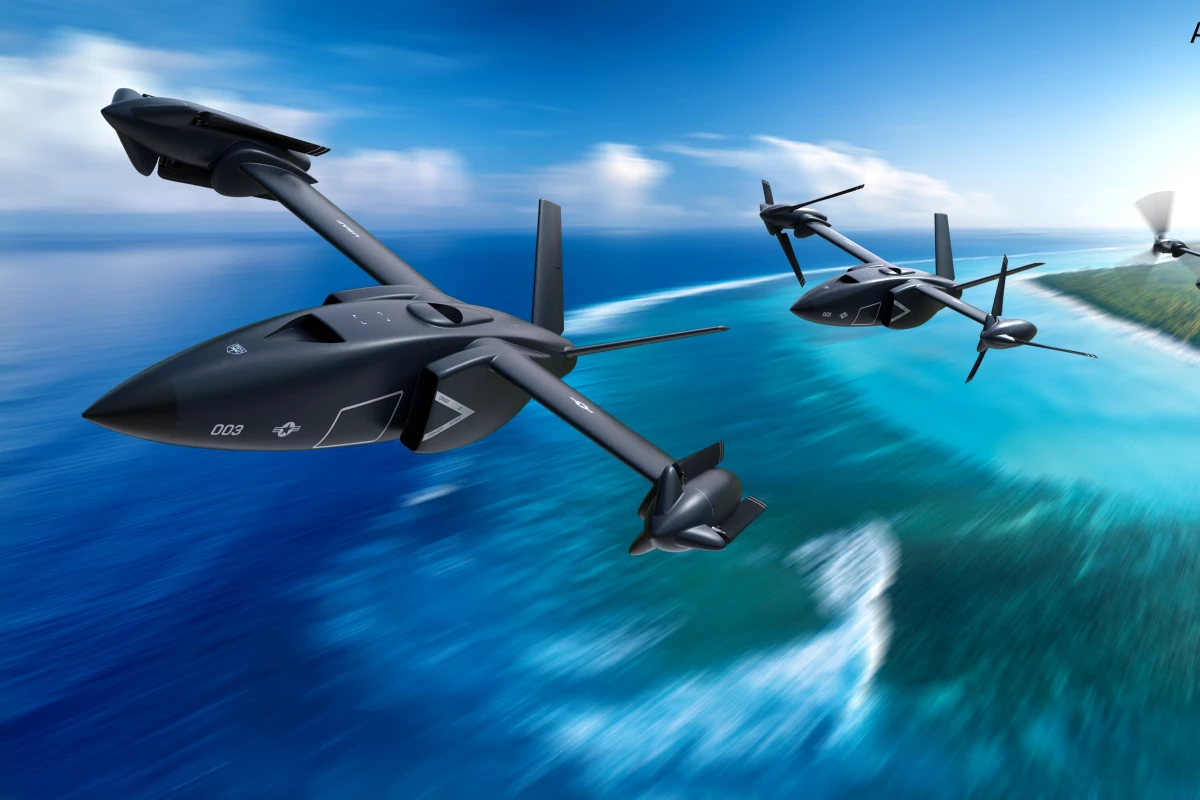Bell's revolutionary X-plane rotorcraft has received the green light to progress to the building and testing of a demonstrator aircraft. DARPA has down-selected the craft to move to Phase 2 of the agency's Speed and Runway Independent Technologies (SPRINT) program.
Rotorcraft such as the V-22 Osprey, with tiltable blades sitting on nacelles at the end of the aircraft's wings, have been around for decades, but DARPA's SPRINT program wants to push these to the next level by introducing a bit of Transformer's technology. A joint effort with the US Special Operations Command (SOCOM), SPRINT aims to combine the runway independence of a rotorcraft with the high-subsonic speed and performance of a jet airplane with cruise speeds of up to 400 to 450 knots (740 to 833 km/h, 460 to 518 mph).
Based on Bell's Valor-280, the X-plane ups the speed and performance by using nacelles with rotors that can be feathered and stopped before folding away as the aircraft transitions from propeller horizontal flight to jet propulsion. This gets rid of the drag produced by the rotors as they become redundant and allows for much higher speeds and stability.
So why not just get rid of the rotors entirely and just use jets? The answer is that the rotors allow for more efficient vertical takeoff and landing as well as flying at low speeds and hovering with less downwash than a conventional helicopter. This makes it possible for the X-plane to operate from rough country without proper runways or from sea-based platforms.
It's a system that's already undergone extensive ground testing at Holloman Air Force Base in New Mexico as well as wind tunnel testing at the National Institute for Aviation Research (NIAR) at Wichita State University in Kansas. In addition, the aircraft has advanced digital flight controls to minimize its signature for better stealth operations and agility. The design is also intended for scalability to a gross weight of over 100,000 lb (45,359 kg).
Now, the project is moving to Phase 2, which includes producing a full, detailed design, construction of a prototype, ground testing, certification of the demonstrator, and flight testing.
"Bell is honored to have been selected for the next phase of DARPA’s SPRINT program and is excited to demonstrate a brand-new aircraft with the first-ever stop/fold technology," said Jason Hurst, senior vice president, Engineering. "This is an achievement we’ve been working towards for over 10 years, as we’ve leveraged our nearly 90-year history of X-plane development to bring new technology to our war-fighters."
Source: Bell





